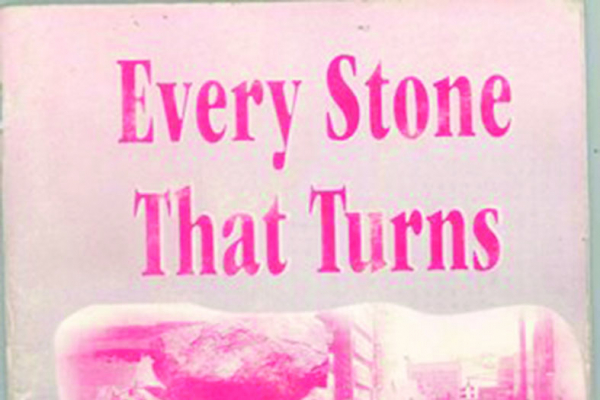quietly pounces out
a cricket in mid-chirrup
Staples skeletons
of musasa trees creak
and groan to dusty winds
A hungry mongrel tired of chasing
inviting stenches around the village
drops onto bony buttocks
aims muzzle at moon and moans
So many years
I have aquatted
somewhere in the queue
Long as the folkloric snake
you can see neither
head nor tail
The snake never stirs
starving i keep gnawing
down my dwindling dreams
So many acts with happy endings rehearsed
on the lone stage in the coves of the soul
but never played out on the public stage
Critical appreciation of the poem “The Snake Never Stirs” by Thomas Bvuma
“The Snake Never Stirs” by Thomas Bvuma is a poem that explores the themes of stagnation, frustration, and unfulfilled aspirations. The poem is divided into seven stanzas, each of which presents a unique image or scenario that reflects the larger message of the poem.
In the first stanza, the speaker describes a hunting paw that pounces on a cricket in mid-chirrup. This image conveys a sense of stealth and precision, suggesting that the speaker is waiting and ready for something to happen.
In the second stanza, the speaker shifts to a different image, describing the staples skeletons of musasa trees that creak and groan to dusty winds. This image is haunting and eerie, suggesting a sense of decay and abandonment.
The third stanza introduces a hungry mongrel who is tired of chasing and invites stenches around the village. The mongrel drops onto bony buttocks and aims its muzzle at the moon, moaning. This image conveys a sense of weariness and desperation, suggesting that the speaker is tired of waiting for something to happen and is growing increasingly frustrated.
The fourth stanza is brief and simple, stating that the speaker has been waiting for many years, squatting somewhere in the queue. This image conveys a sense of patience and endurance, suggesting that the speaker is willing to wait for as long as it takes.
The fifth stanza introduces the folkloric snake, which is so long that you can neither see its head nor tail. This image conveys a sense of vastness and infinite possibility, suggesting that the speaker’s aspirations are similarly limitless.
The sixth stanza is the most powerful in the poem, as the speaker declares that the snake never stirs and that they are starving, gnawing down their dwindling dreams. This image conveys a sense of futility and hopelessness, suggesting that the speaker’s aspirations are slowly being whittled away.
The final stanza brings the poem to a close, as the speaker laments that they have rehearsed so many acts with happy endings on the lone stage in the coves of the soul, but have never played them out on the public stage. This image conveys a sense of regret and missed opportunities, suggesting that the speaker’s aspirations may never be realized.
Overall, “The Snake Never Stirs” is a poignant and thought-provoking poem that explores the human condition in all its complexity. Through vivid and evocative images, the poem invites the reader to reflect on the nature of aspiration, frustration, and the relentless passage of time.
